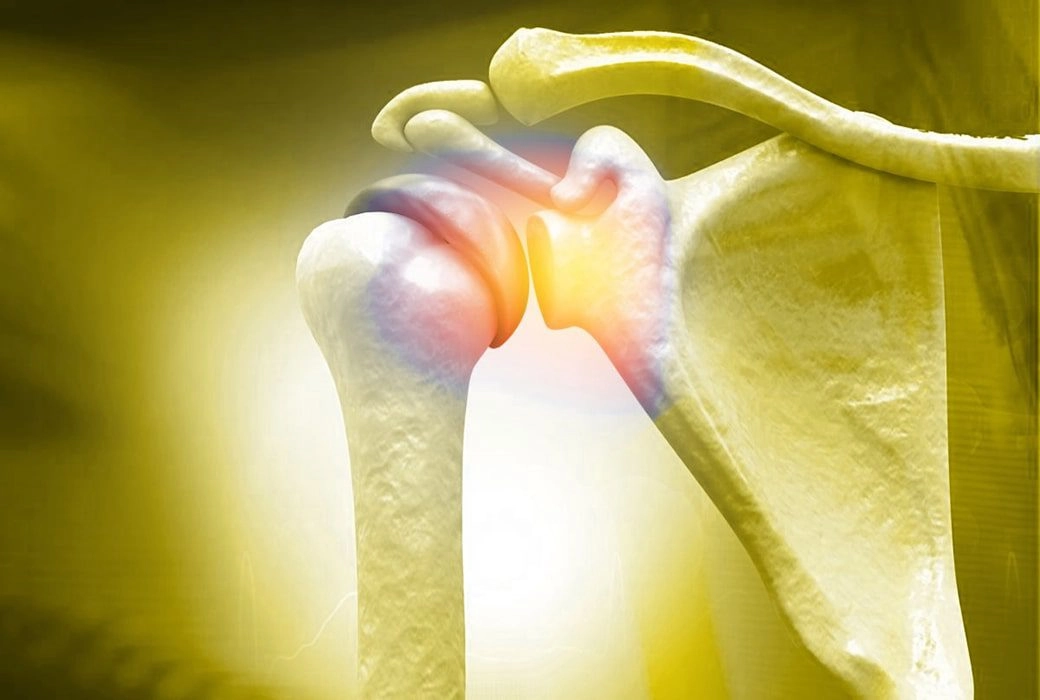The shoulder is a complex joint. Pain in the shoulder area can be caused by many different things, but, as your chiropractor for shoulder pain in Anchorage knows, one of the most common is a torn rotator cuff.
Diagnosis and outlook for rotator cuff tears vary depending on the extent of the injury. For most, the pain and weakness aren’t enough to seek immediate medical care. But this begs the question, what happens if a torn rotator cuff goes untreated?
When left untreated, a torn rotator cuff can cause long-term or even permanent weakness, pain, and limited use of the shoulder. When treated early, non-invasive treatment options often help the injury heal. But, when untreated, the need for surgery usually increases. This is why it’s best to seek treatment for a torn rotator cuff as soon as possible.
How to Tell a Rotator Cuff Injury from Other Shoulder Issues
Without seeking the advice of a medical professional, such as a physician, physical therapist, or chiropractor, it can be hard to know what’s causing your shoulder pain. It could be a pinched nerve in the shoulder, a pulled muscle, or any number of other things.
Knowing what your injury is could help you decide whether to seek medical treatment or not. After all, the days are busy enough as it is. Taking time out of your day to seek treatment is rarely convenient. But, sometimes it’s necessary, especially with a rotator cuff tear.
Luckily, there’s a simple test you can do at home to narrow down your injury.
Your Anchorage Chiropractor’s Rotator Cuff Injury Test
This test, among others, is often used by medical professionals to help assess a rotator cuff tear. For this test, you’ll need a helper.
Drop Arm Test
This test, combined with other symptoms like pain over the shoulder or down the arm, is a good indication of a rotator cuff tear.
- If you can, extend your affected arm straight out to the side of your body at a 90-degree angle. If you can’t do this on your own, have your helper raise your arm and hold it out from the side of your body.
- Have the helper release your arm.
- Once released, try to slowly lower your arm back down to your side in a smooth, controlled movement.
- If you can’t do this and your arm drops some or all of the way down, you’re likely dealing with a rotator cuff tear. Pain in the shoulder when lowering your arm is another symptom of a rotator cuff tear.
Can a Rotator Cuff Heal on Its Own?
Once you’re fairly certain you have a rotator cuff tear, the most common question is, “Will it heal on its own?” The answer: It’s possible, but not likely. The main factor in the healing process seems to be the size of the tear. The larger the tear, the less likely it is to heal on its own. But even small rotator cuff tears need some form of non-invasive treatment in order to fully heal and prevent future symptoms or loss of full use.
So, if you have a rotator cuff tear, it’s never advisable that you do nothing at all. At the very least you should limit any repetitive motions that cause you pain or heavily involve that shoulder. You may consider some DIY treatment tactics for a pulled muscle in the shoulder. Better, yet, you can see a chiropractor or physical therapist.
Keep in mind that most rotator cuff injuries do not require surgery. But they do require some form of treatment for proper healing, which we’ll discuss more below.
Rotator Cuff Injury Healing Time
The time it takes for a rotator cuff injury to heal depends on several different factors. A few of these include the severity of the tear, the treatment options you choose (if any), your age, and whether you can properly rest the shoulder. Let’s take a look at the most common healing times for different treatment options.

How Long Does it Take for a Torn Rotator Cuff to Heal Without Surgery?
The healing time for a rotator cuff tear without surgery depends largely on the cause of the tear. If it’s the result of a traumatic injury, the tear can heal in as little as 3 weeks.
However, if it’s the result of years of overhead movements that have been wearing down the tendon, the outlook is not so great. For these kinds of tears, it could be months before you’re back to normal.
Healing with Chiropractic Care in Anchorage
No matter how the rotator cuff tear occurred, chiropractic care can help relieve shoulder pain. Your Anchorage-based doctor of chiropractic will formulate a plan for your unique injury that may include many different modalities, such as:
- Shoulder and/or spinal adjustments to relieve nerve pain and pressure.
- Chiropractic massage for pain and stress relief and to promote healing.
- Ultrasound to reduce inflammation and relieve pain.
- Cold laser therapy for pain relief and inflammation reduction.
- Specific exercises to strengthen the shoulder and get you back to normal.
- Tips to help prevent future anterior and posterior shoulder pain from various causes.
Utilizing non-invasive medical care such as chiropractic care can speed the healing process so you can be pain-free once again.
How Long Does it Take to Heal After Rotator Cuff Surgery?
One of the reasons many people want to avoid surgery is because of the long recovery time. This is understandable. Luckily, since most rotator cuff tears don’t require surgery, you may not have to worry about this.
The fact is that the recovery time for rotator cuff surgery is around 6 months. It may be even more time before you can use the shoulder to perform heavy lifting or use it repeatedly to play sports, swim, or perform other repetitive motions.
Exhausting non-invasive options is ideal unless you have a severe tear that needs immediate treatment as determined by a medical professional.
Conclusion: What Happens if You Don’t Repair a Torn Rotator Cuff?
When you don’t repair a torn rotator cuff, you’re risking pain and loss of use in the future. Luckily, most rotator cuff tears don’t require surgery. Instead, physical therapy or chiropractic care at a local Anchorage clinic can help strengthen the shoulder and eliminate pain so you can get back to normal.
Resources:
https://www.sciencedirect.com/science/article/pii/S0004951408700229
https://journals.sagepub.com/doi/abs/10.1177/0363546510393944
https://www.verywellhealth.com/rotator-cuff-tears-2549783










